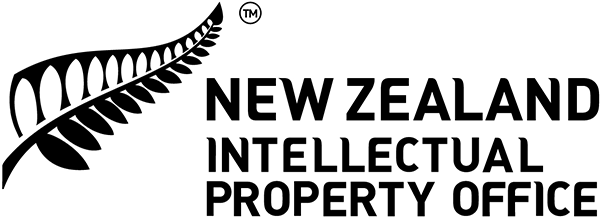Resero
If you went to school in New Zealand there's a good chance you have used this company's products. Resero (and their New Zealand brand Furnware) specialise in classroom furniture to help kids achieve better learning outcomes. Their products are informed by research and protected by multiple types of intellectual property, using trade marks, patents, and designs. Find out how Hamish and Helen from Resero build IP into their product development process.
The video begins showing a modern classroom full of children, sitting on chairs at tables, watching their teacher who is standing at the front of the room next to a large video display and whiteboard. There is a purple speech bubble graphic at the top left of the video with the words “Dream it. Do it. Own it.” We see different shots of the classroom – focusing on the detail and design of the bright red seat of an empty chair, and moving up to a table children are using, as they intently focus on their writing.
We hear a man speaking over these images, he has been saying “Resero is a business completely focused on kids. We learn about learning, learn about teaching, and try and help them make it easier. We go out, we go deep, we learn, we come back, we design, we manufacture product to fit those needs, and create solutions.” We see a man and woman sitting on a blue couch, they appear to be in a product showroom, and there are various products behind them, including the same type of red chair we saw before. There are also a range of products used in classrooms, tote trays in trolleys, and various other seats and cushions designed for children in a wide range of colours. The man who has been speaking introduces himself “Hi, I'm Hamish Whyte. I'm the owner and founder of Resero.”
The woman sitting beside Hamish introduces herself as they both smile broadly “I'm Helen Jones, and I'm Group Product Manager.”
Hamish continues speaking, as he speaks we see shots of stacks of blue chairs of the same type that we saw in the classroom, “Resero is a company that owns multiple brands. So it started here in New Zealand, with Furnware in Hastings. I've been involved for 30 years.” As Hamish speaks we see their products being made – a large machine cuts out table tops from wood, we see the Furnware logo on a wall, and then a person in the factory aligning pieces of metal for welding. Hamish says “We started with 14 people with a little house on the lawn here, and one shed. Now we're 250 plus people and expanding globally.”
We see a person assembling pieces of metal, and then see Hamish and Helen again as Hamish continues speaking. “We export to about 40 countries, mainly doing school projects. We've got a long history in New Zealand and quite a long history in Australia.” We see a man in the factory loading pieces of metal pipe into a large machine, and then the metal being bent into the shape of chair legs, then we see the classroom from earlier, showing those same products in use. Hamish continues, “Within the companies Furnware and Sebel, we basically manufacture everything for schools. We can do anything from the classroom seating, to the office, to auditoriums, outdoor seating... We're probably a chair business, but we do tables and desks as well.” We see a large printout showing the Furnware product range on an office wall.
We see Helen now, as she discusses their IP, “We're a design led business. We're all about really authentic research. We invest heavily in R&D, so it makes absolute sense that we protect that investment and that we make sure that we maximise it and leverage it in the best way possible in market.” We have seen a person in a laboratory setting testing a table by swinging a large weight into it, and a person in the factory attaching feet to a table, then the pipe bending machine again.”
Helen continues “We have a pretty extensive IP portfolio now. We have a mixture of trade marks, so word marks, 2d trade marks, and 3d trade marks, which are very hard to get, but we've been successful! Also design registrations and patents.” We see a close up of a stack of green chairs, zooming in on the pattern of holes on the surface of the seat, then see a person in the factory carefully lowering a bundle of welded pipes into a large industrial bath.
Helen continues “Design registrations protect the way our products look, patents protect the way our products work, and trade marks protect the way our products are sold. We have a very structured approach to how we protect the product. We have a tiered approach based on the type of product that we're developing, the level of investment, and also the level of value that that product potentially has for us in market, determines our decision making around how we protect it.”
As Helen has been speaking we have seen detail of a Furnware tote tray trolley with a seat top in a classroom with cushions on top, a large display showing available product colours in the Furnware product range along with the names of the colours, a machine in the lab pushing a piece of pipe to test wear and tear, and another lab machine repeatedly putting a force on to a seat, and then another shot showing children in a classroom using Furnware chairs and tables which helps reinforce the purpose of the testing, and then back to seeing Helen and Hamish sitting together on the couch.
Helen continues “Having IP protection in place, and the fact that we're very overt about that through all of our marketing and promotional material, definitely gives us greater credibility with our customers. It is that mark of authenticity, it's validated, and that becomes part of the brief that goes to our design team. And we will also work with our patent attorneys early on in the concept phase to do freedom to operate searches globally so that we can identify what's already out there.”
As Helen has been speaking we have seen a person in the factory writing on a label that is attached to the bottom of a table, a person arranging pieces of metal in a jig for a robot to weld, a person painting pieces of metal, and a person moving a finished table, and then detail of a bright green sensory cushion product in their showroom before returning to see Hamish and Helen on the couch.
Hamish says “The relationship with the IP attorney is close.” And Helen affirms “Yeah, very close.” Hamish continues “So hence, you're working together straight away, and the longevity of that partnership, it's brilliant.”
We see a shot looking over the Furnware factory, seeing different machines sectioned off in different areas, and the logo on the back wall, before returning to Hamish as he continues “We have great foundations, IP, product, global markets... We really are an innovator, group of innovators.”
We see a person assembling a chair in the factory, then back to Hamish as he continues speaking “There's so many things we want to do. IP is the future for us, because we're a global business. We love Hawke's Bay, but, our customers are all over the world, and I think the future for us has never been more exciting.”
We see a framed artwork on the office wall, a monochrome image of a stylised globe with the words in the middle “Look to the world”. There is a purple speech bubble graphic over the top left of the video with the words “Own your ergonomic education idea”. The video fades to the Intellectual Property Office of New Zealand logo, and then the video ends.
View more case studies
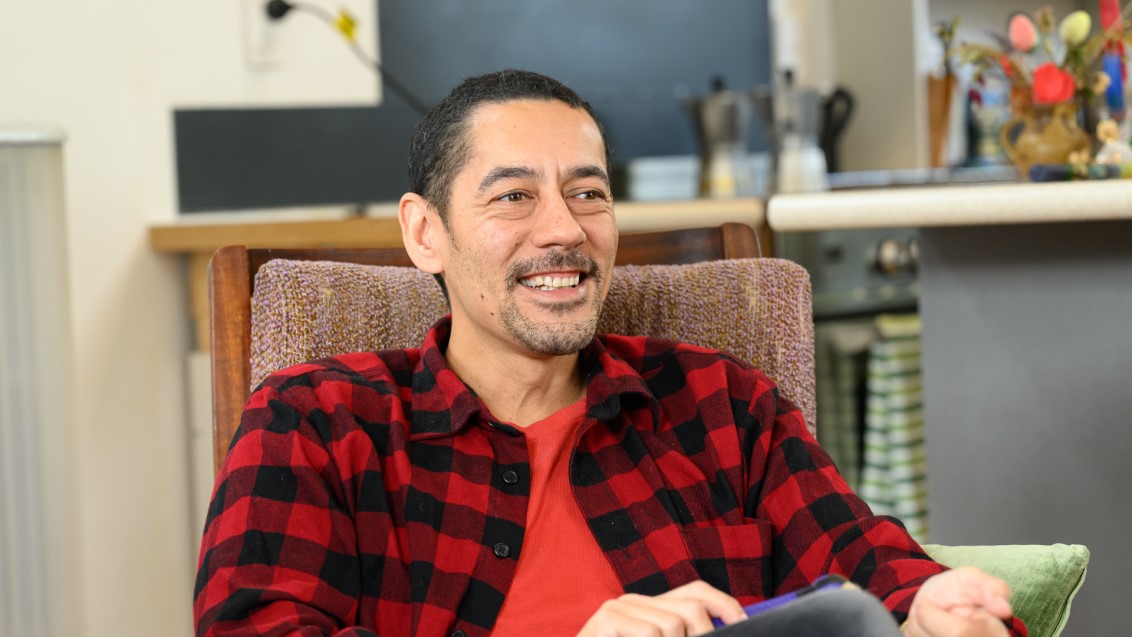
Based in the hills of Wellington, Paku honours mātauranga Māori in the creation of tools for children.
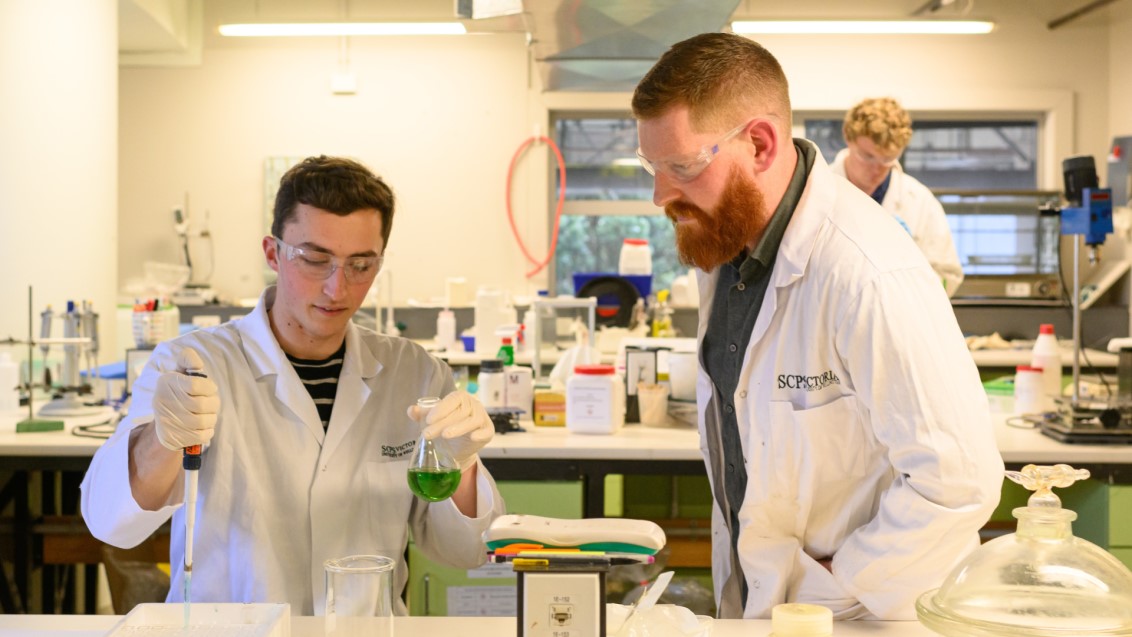
Eldon Tate knew he needed to protect his world leading antimicrobial technology before going to market.
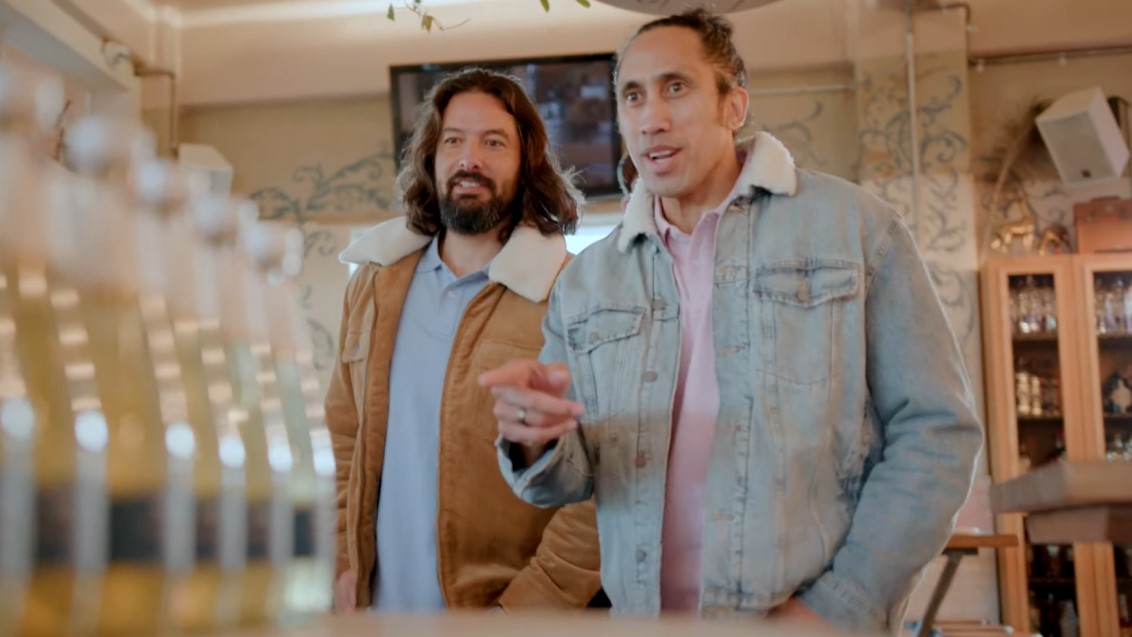
Wai Mānuka. A locally-sourced, premium, non-alcoholic beverage dreamed up by 3 friends at a party.
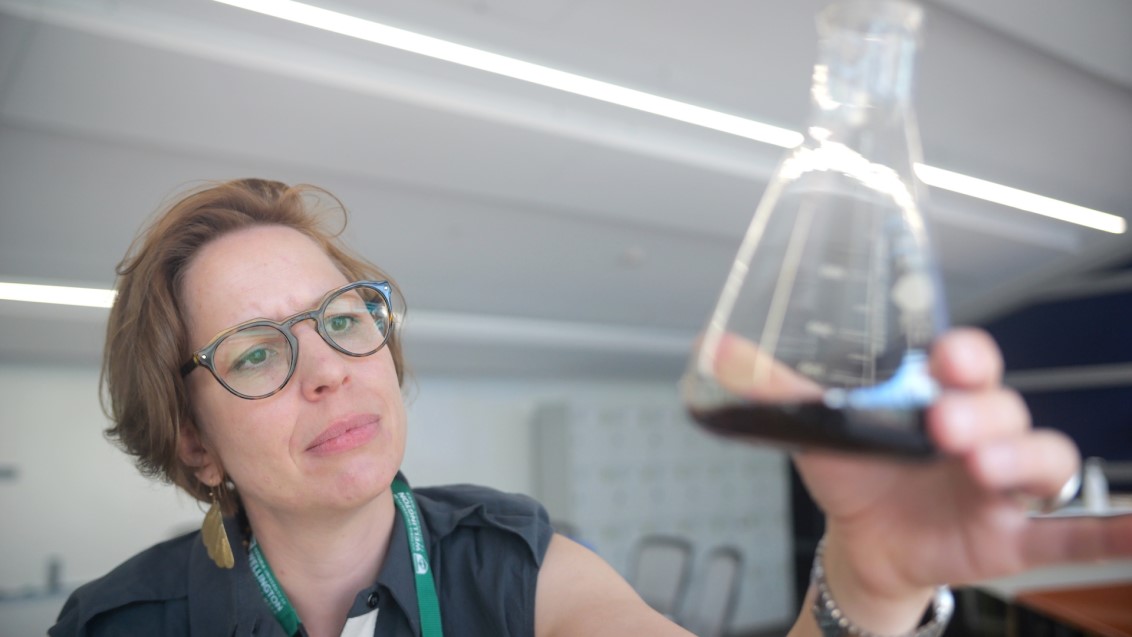
Evithé Biotechnology tackles the inflammation process by applying the ways plants defend themselves.
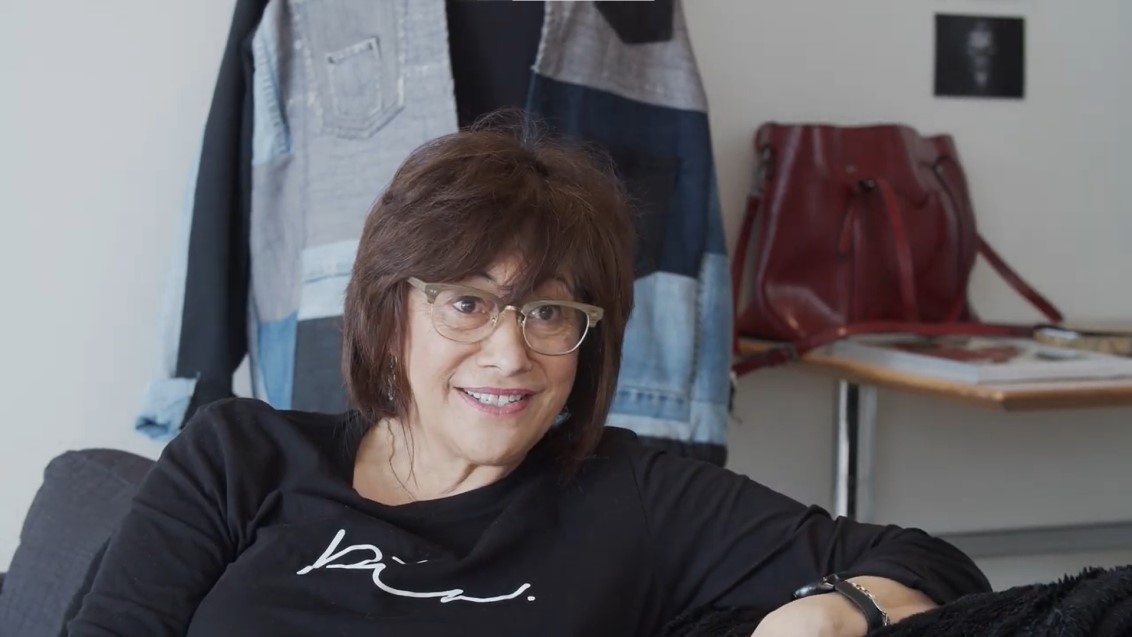
Miromoda nurtures young Māori fashion designers into an edgy annual showcase at NZ Fashion Week. Trade mark protection helped them build their brand.
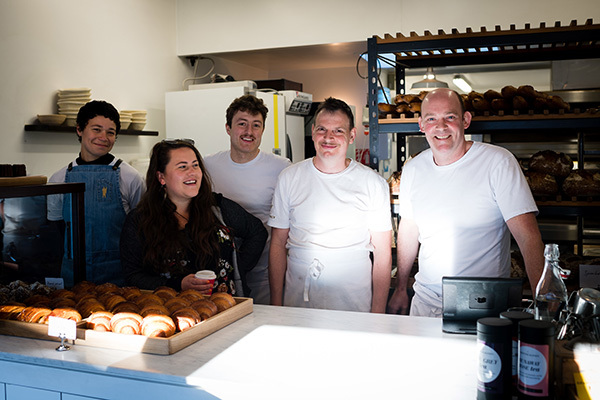
Registering their trade mark early meant Baker Gramercy’s brand was protected as their reputation for authentic, fresh-baked goods took off.
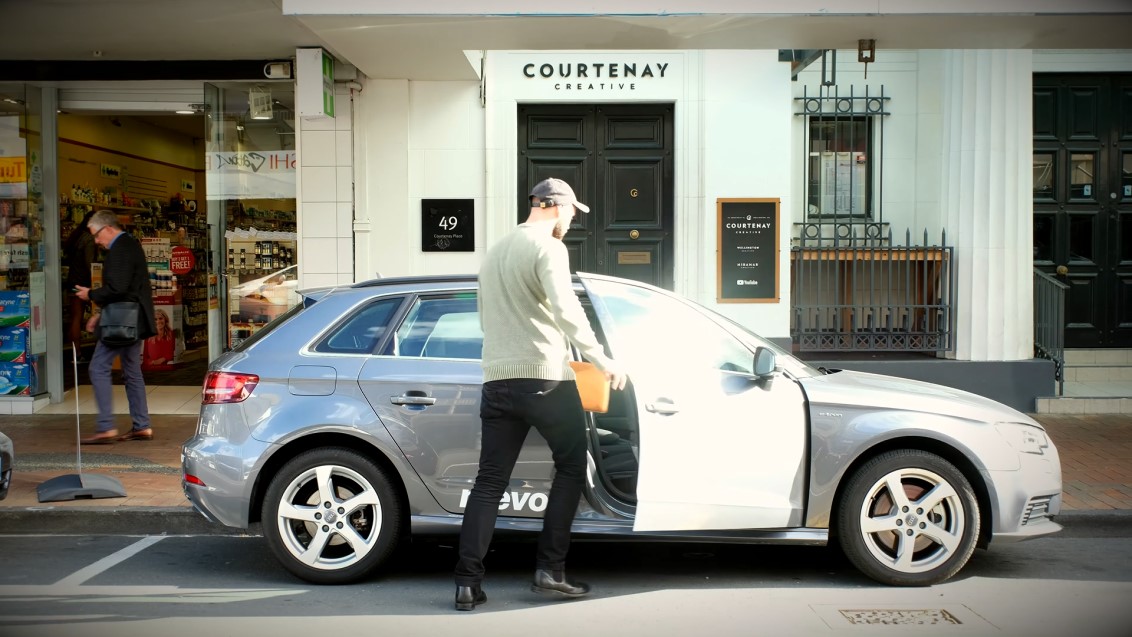
Gaining thir own trade mark, and licensing other brands’ software IP, this unique car rental company got moving faster than ever.
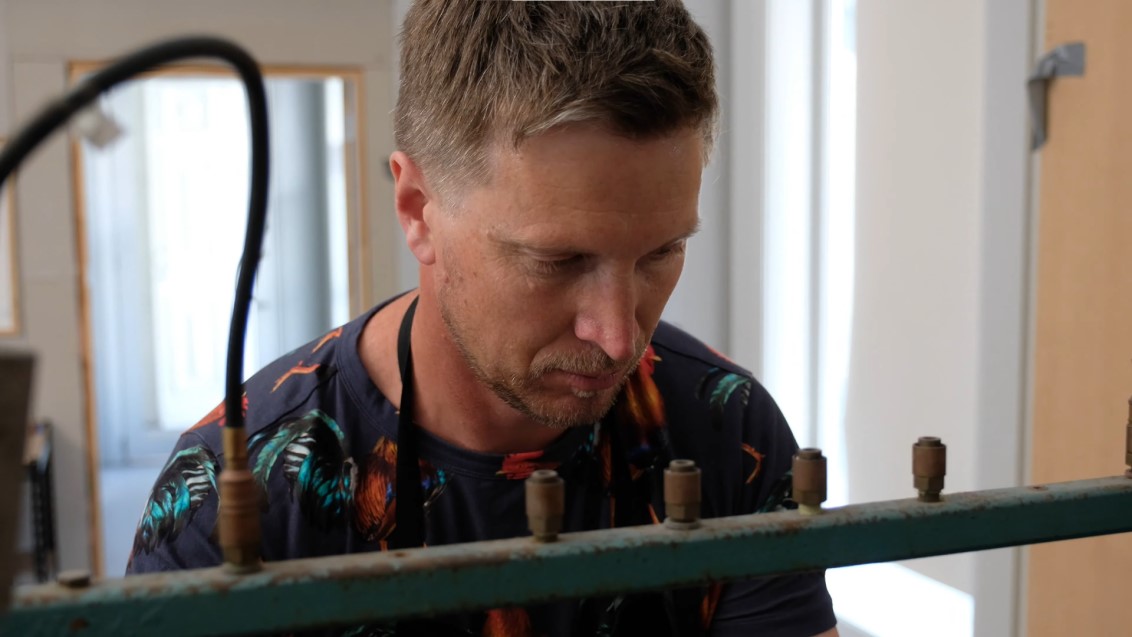
With their distinctive wallpapers and screen printing in high demand, find out how PaperHands protected their reputation with a registered trade mark.
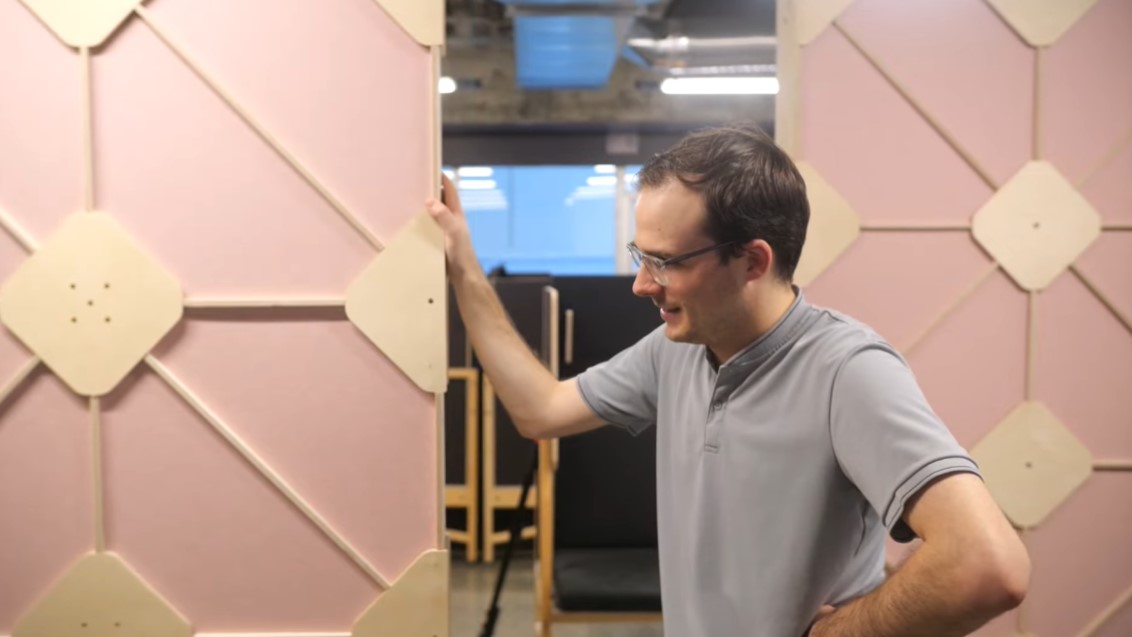
An innovative building frame idea gained XFrame a registered design, and a lesson on the importance of timing for patent protection.

A newfound love for beekeeping sent Julian McCurdy on a mission to create new tech to monitor beehive health.
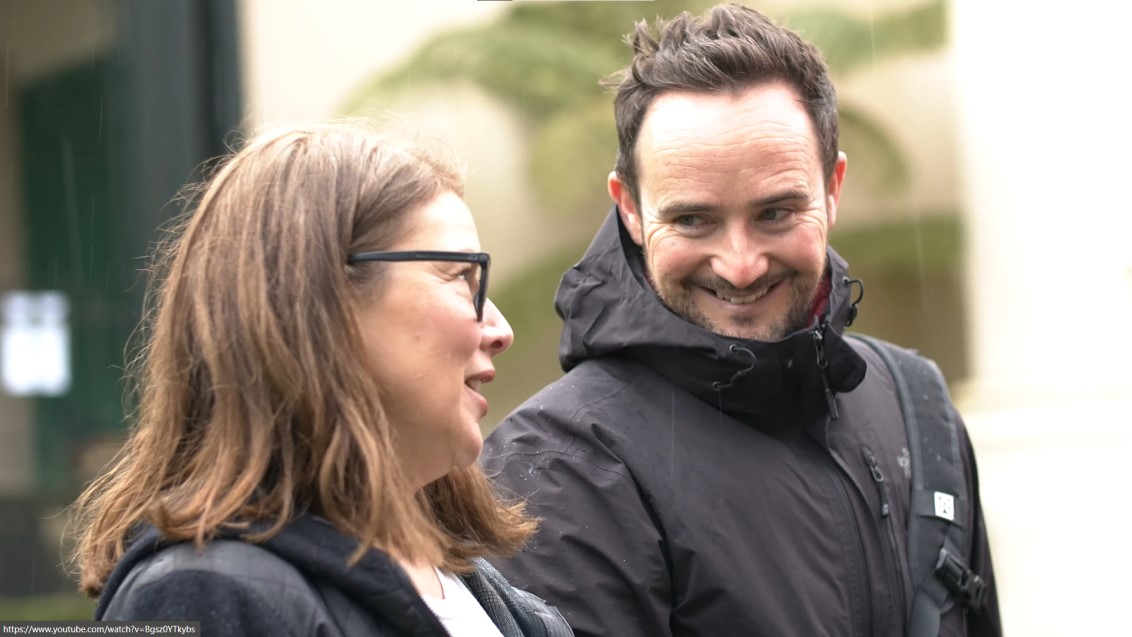
Kind is the new cool. A small Wellington based team make it easy to give one percent of your income to some smaller, cool, Kiwi-based charities.
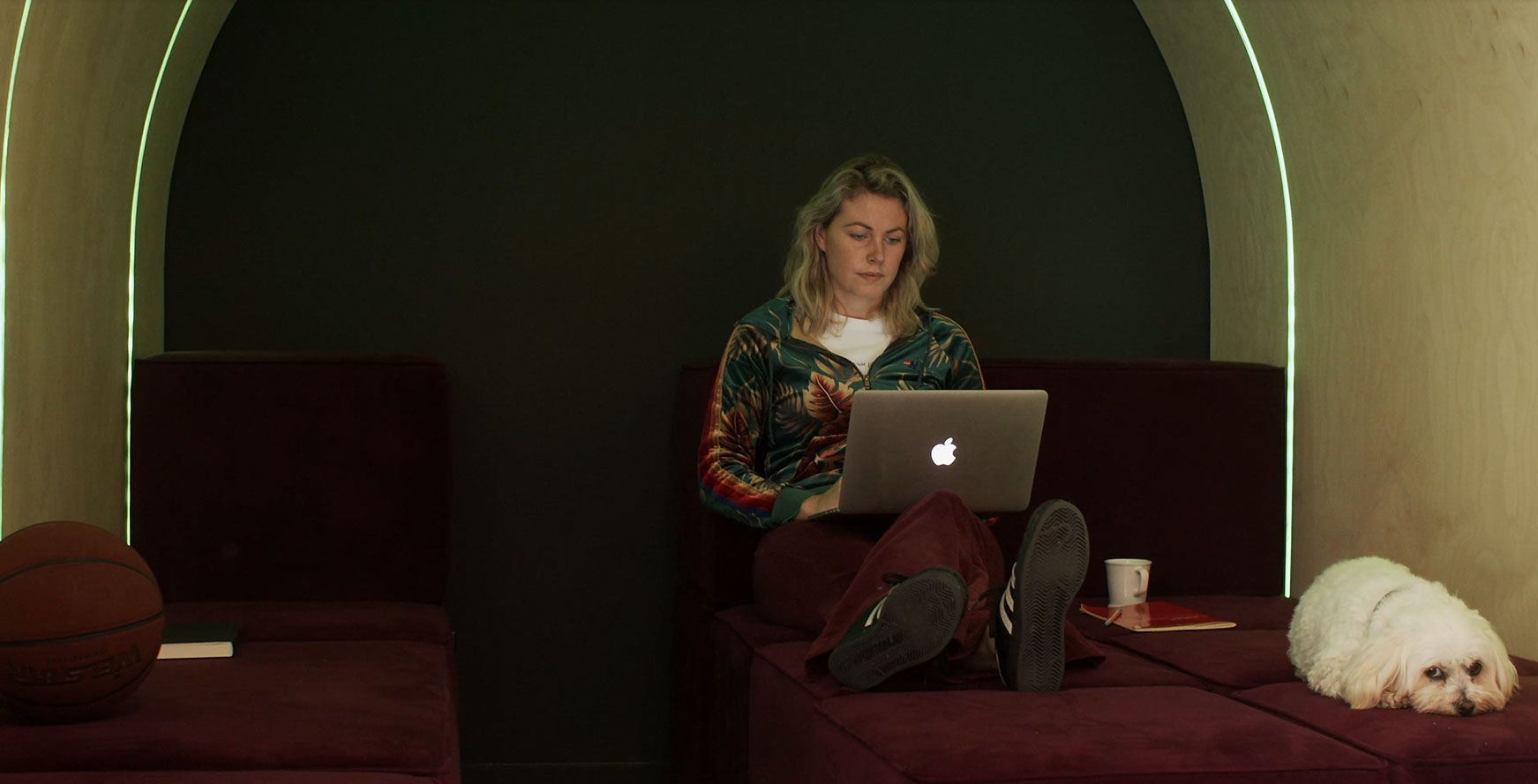
Story telling using immersive virtual reality; creative design agency Wrestler is pushing the limits with the help of IP.
